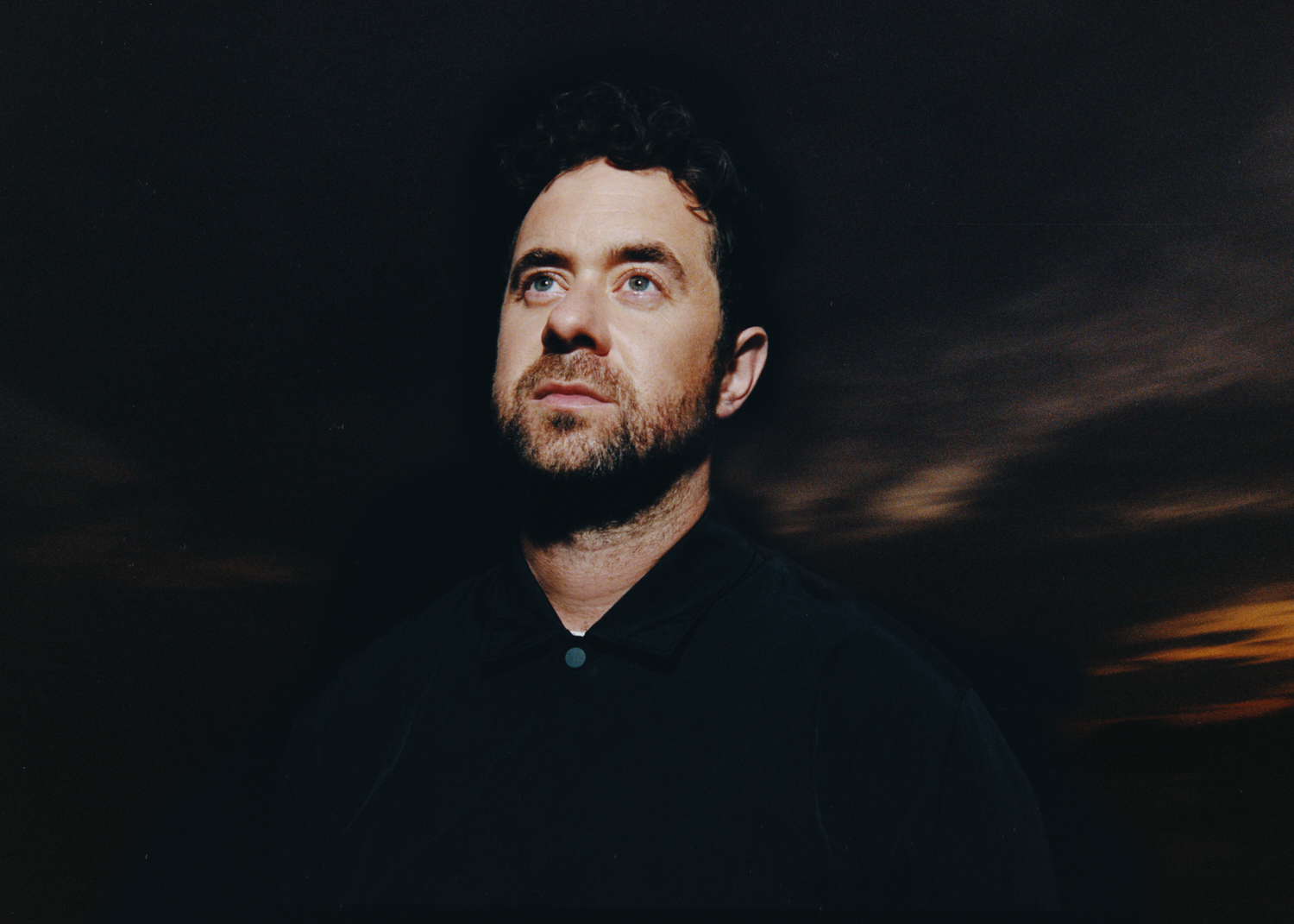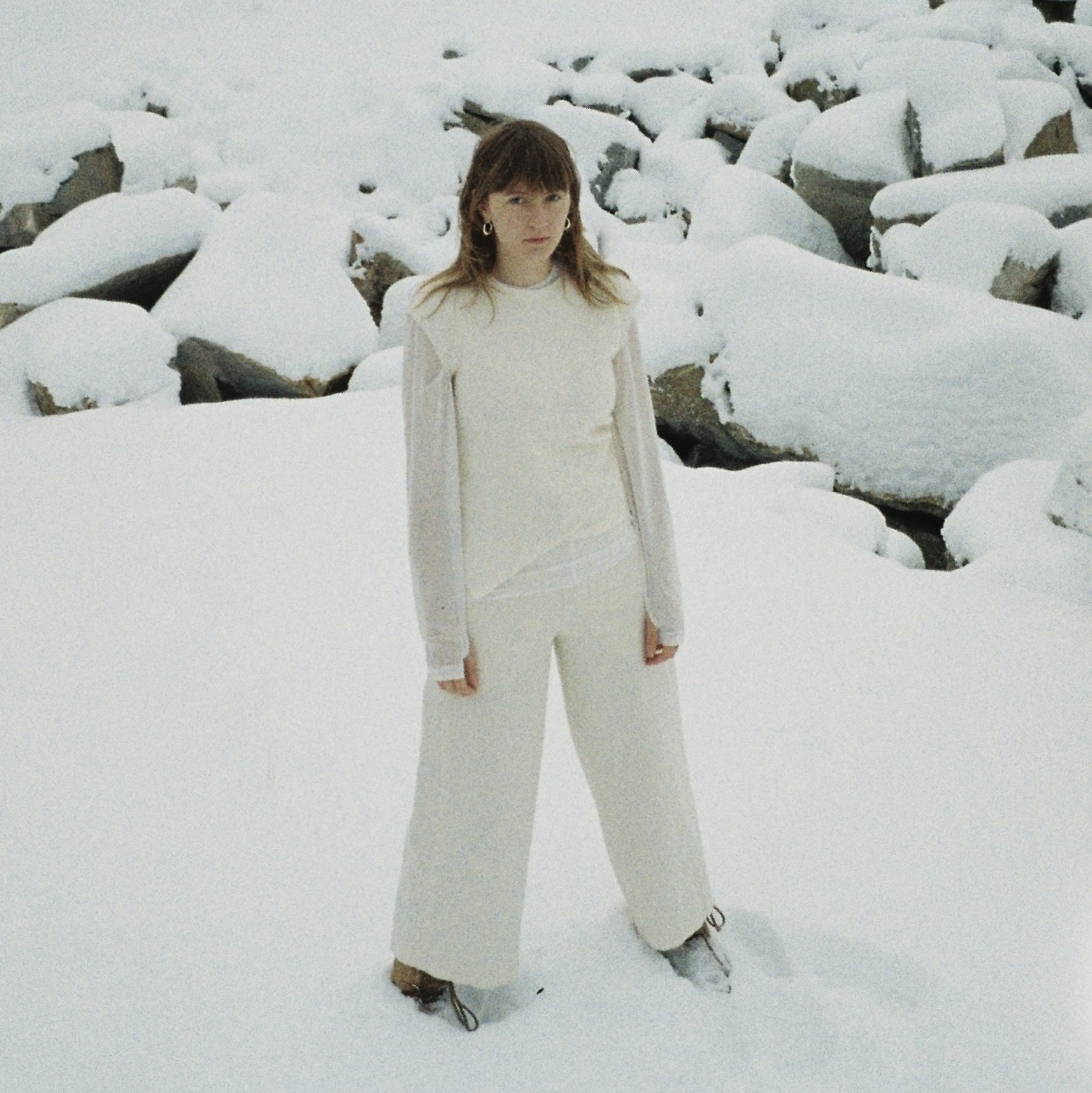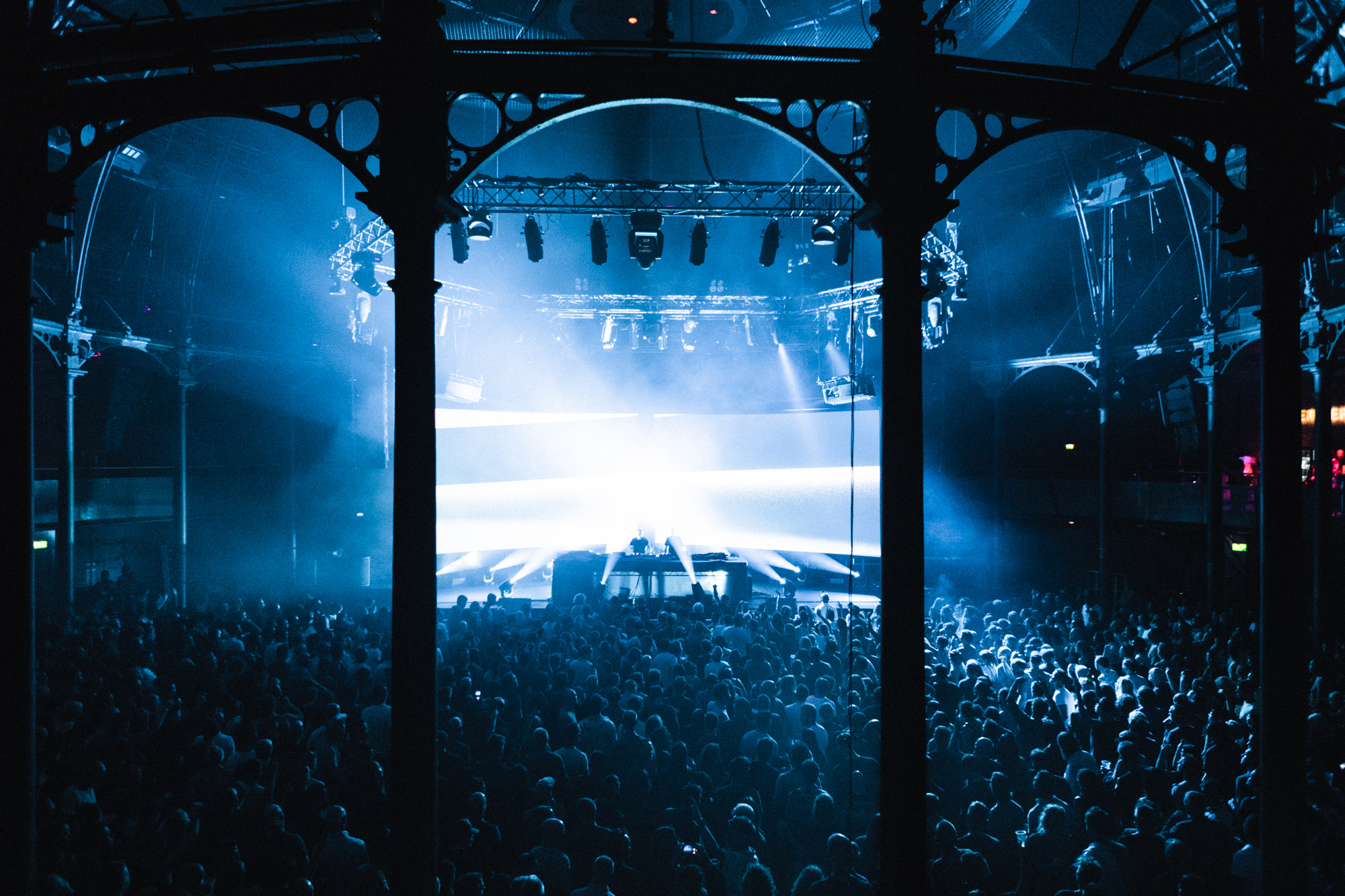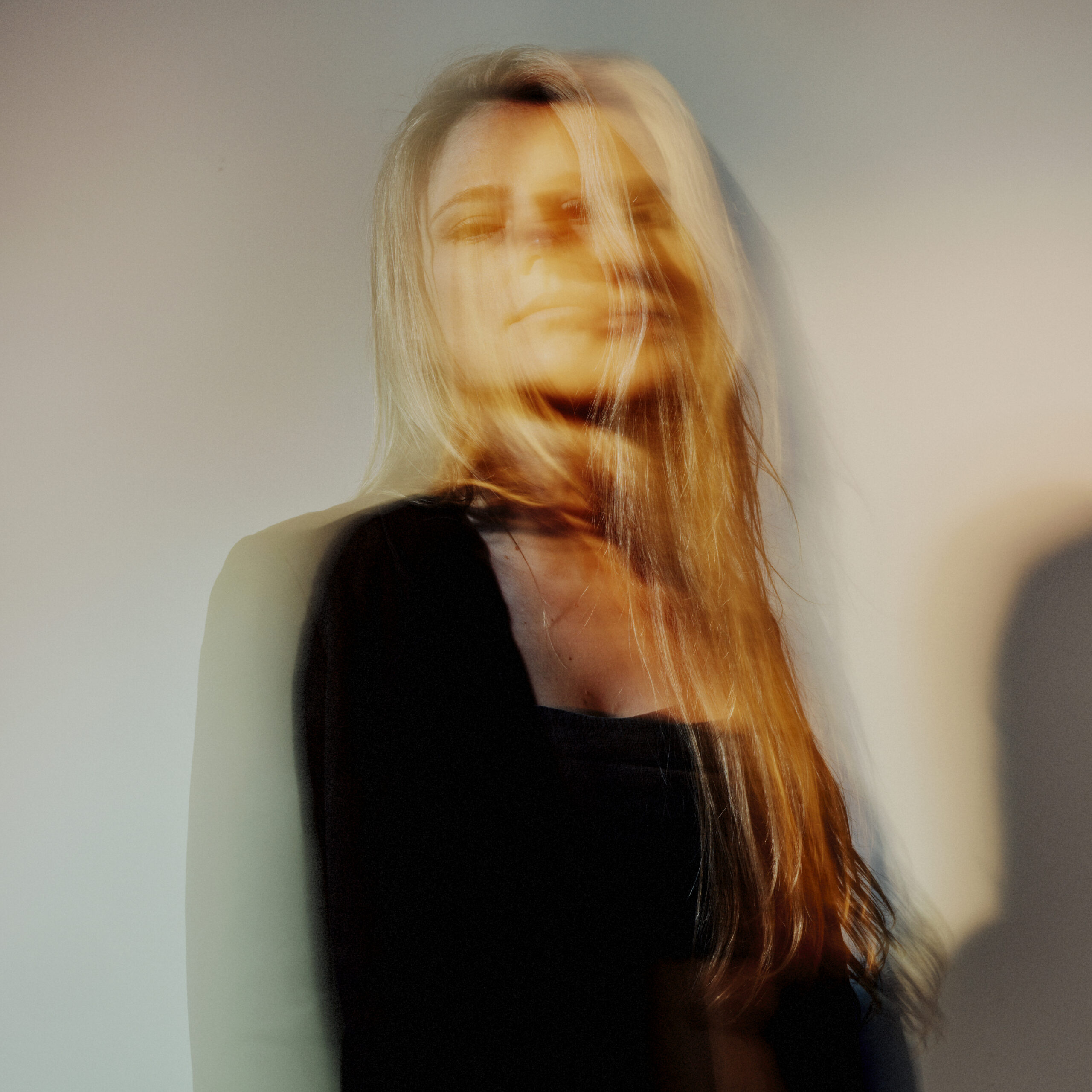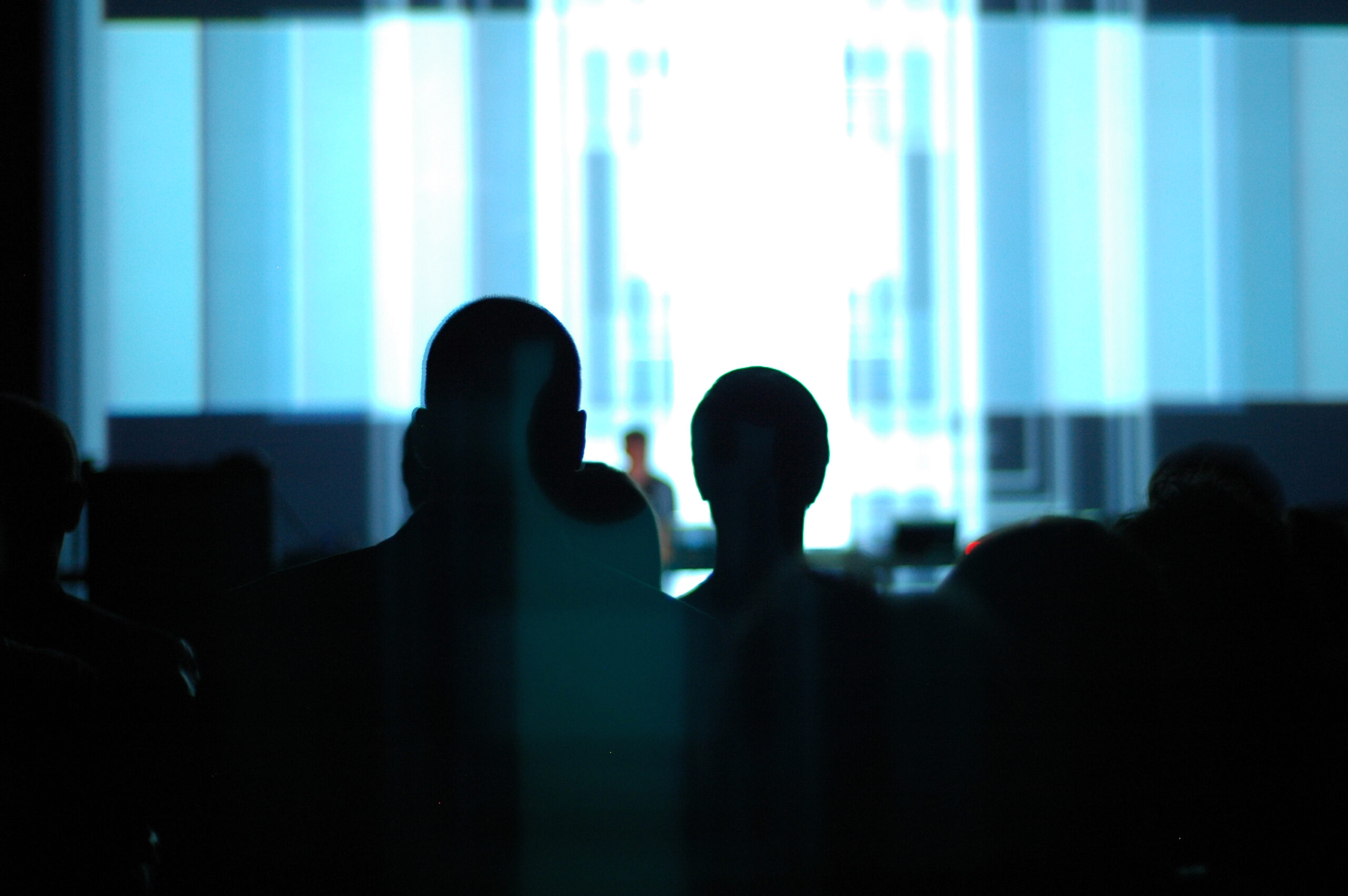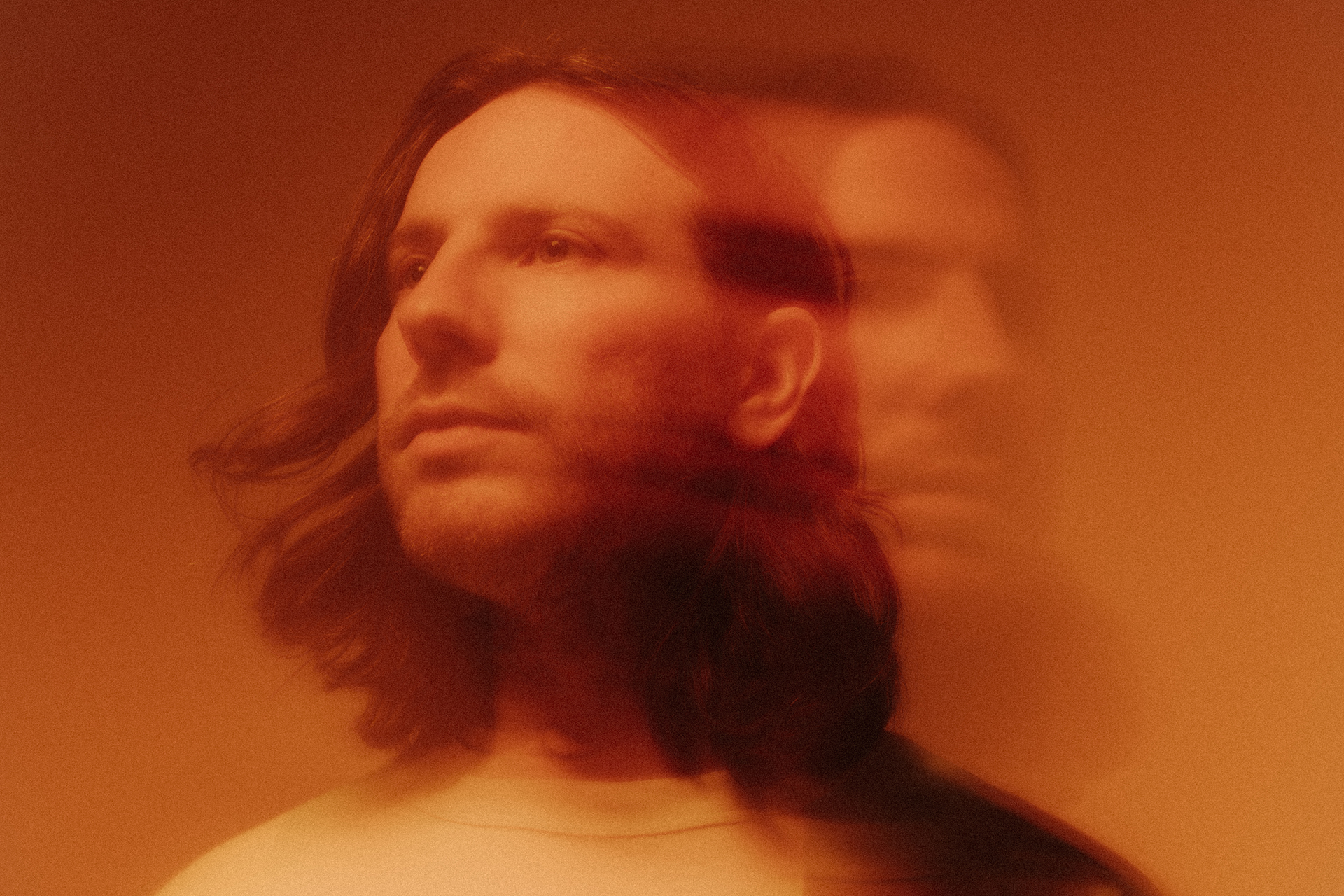von der haardt GmbH
Reinickendorfer Str. 17
13347 Berlin/ Germany
Geschäftsführer: Ralf Diemert
Registernummer: AG Charlottenburg, HRB 203560 B
USt.-ID-Nr: DE322570500
office@vdhaardt.com
+49 30 2843 42 00
Website:
Basics09 (Korbinian Kainz, Ove Numrich) + Zwoelf (Stefan Guzy, Björn Wiede)
Privacy Policy
Introduction and definitions
1. INTRODUCTION
We process personal data for the operation of our website www.vdhaardt.com (hereinafter referred to as “Website”). We keep such data in confidence and process them in accordance with the applicable laws – in particular, the General Data Protection Regulation (GDPR) and the German Federal Data Protection Act (BDSG-NEU). In this Privacy Policy, we wish to inform you about which personal data we collect from you, for which purposes and on which legal basis they are used and to whom we disclose them, if appropriate. Furthermore, we will explain which rights you have to protect and enforce your rights for data protection.
2. DEFINITION OF TERMS
Our Privacy Policy contains technical or legal terms which are defined in the GDPR and the BDSG-NEU. For your better understanding, we will explain these terms in a more simplified way:
2.1 Personal data
“Personal data” means any information relating to an identified or identifiable natural person (Article 4(1) of the GDPR). Data of an identified person might be, for instance, their name or email address. Data, however, might also be personal if the identity is not directly recognizable but could be determined by combining own or external information in order to identify that person. A person is identifiable, if information is available about, e.g. their address or bank details, their date of birth or user name, their IP address and/or location data. This means that here any information is relevant which allows for any type of conclusion to be drawn on a person.
2.2 Processing
Article 4(2) of the GDPR provides that “processing” means any operation which is performed on personal data. That means, in particular, the collection, recording, organization, structuring, storage, adaptation or alteration, retrieval, consultation, use, disclosure, transmission, dissemination or otherwise making available, alignment or combination, restriction, erasure or destruction of personal data.
CONTROLLER
3. CONTROLLER
The following company is responsible for data processing and thus the controller:
Company: von der haardt GmbH
Address: Reinickendorfer Staße 17, 13347 Berlin
Telephone: +49 30 2843 42 00
E-Mail: office@vdhaardt.com
SCOPE OF PROCESSING
4. SCOPE OF PROCESSING: WEBSITE
We will process the personal data listed in detail under Article 5 below, when you use the Website with the URL www.vdhaardt.com accordingly. In this process, we will only process data from you that you actively enter on our Website or that you provide automatically when using our offer.
Your data will exclusively be processed by us and these data will, as a matter of principle, not be sold, leased or provided to any third parties. Insofar as we use external service providers for the processing of your personal data that will be done in the context of cooperation with a so-called data processor, where we act as principal and are authorised to give instructions to our contractors. For the operation of our Website, we use external service providers for hosting, and for the maintenance, update and further development. Insofar as other external service providers will be used for individual processing activities that are listed in Article 5, they will be specified there.
We do, in general, not transfer any data to any non-EU countries and this is not planned for the future either.
The processing activities in detail
5. CONTACT BY EMAIL
5.1 Description of processing
We provide you with an e-mail address which you can use to contact us. In this form, you will be asked to enter your email address, your name and a message.
5.2 Purpose
By providing such e-mail address on our Website we offer you a convenient option to contact us. The data transferred with your email will exclusively be used for the purpose of handling and answering your request.
5.3 Legal basis
The processing is necessary for the purposes of the legitimate interests pursued by the controller (Article 6(1) point f) of the GDPR). Our legitimate interest is the purpose mentioned in Article 5.2. Insofar as the contact by email is aimed at concluding or performing a contract, the data will be processed to perform a contract (Article 6(1) point b) of the GDPR).
5.4 Storage duration
We will erase the data, as soon as such are no longer required to achieve the purpose of their collection. That is usually the case when the relevant communication with you has been terminated. The communication is deemed terminated as soon as the circumstances reveal that the relevant issue has been conclusively resolved. Insofar as any statutory retention period conflicts with the erasure, the data will be erased immediately after the expiry of the statutory retention period.
YOUR RIGHTS
6. RIGHTS OF DATA SUBJECTS
You, as data subject, have the following rights in view of the data processing performed by our company as described above:
6.1 Right of access (Article 15 of the GDPR)
You have the right to obtain confirmation from us as to whether or not personal data concerning you are being processed by us. Where that is the case, you have a right of access to the personal data under the conditions set out in Article 15 of the GDPR and the other information specified in detail in Article 15 of the GDPR.
6.2 Right to rectification (Article 16 of the GDPR)
You have the right to obtain from us, without undue delay, the rectification of inaccurate personal data concerning your person and, if necessary, the right to have incomplete personal data completed.
6.3 Right to erasure (Article 17 of the GDPR)
You also have the right to obtain from us the erasure of personal data concerning you without undue delay, insofar as one of the grounds listed in Article 17 of the GDPR applies, e.g. if the data is no longer required in relation to the intended purpose.
6.4 Right to restriction of processing (Article 18 of the GDPR)
You have the right to obtain from us restriction of processing where one of the conditions listed in Article 18 of the GDPR applies, e.g. if the accuracy of the personal data is contested by you, the data processing will be restricted for a period enabling us to verify the accuracy of the personal data.
6.5 Right to data portability (Article 20 of the GDPR)
You have the right to receive the personal data concerning you under the preconditions set out in Article 20 of the GDPR in a structured, commonly used and machine-readable format.
6.6 Right to withdrawal of consent (Article 7(3) of the GDPR)
You shall have the right to withdraw your consent, at any time, for processing which is based on your consent. The withdrawal of your consent will apply from the time it is made. In other words, it will apply for the future. The withdrawal of consent shall not affect the lawfulness of processing based on consent before its withdrawal.
6.7 Right to lodge a complaint (Article 77 of the GDPR)
If you consider that the processing of personal data relating to you infringes the GDPR, you have the right to lodge a complaint with a supervising authority. You may exercise this right with a supervisory authority in the EU Member State of your habitual residence, place of work or place of the alleged infringement.
6.8 Prohibition of automated decision-making / profiling (Article 22 of the GDPR)
Decisions which produce legal effects concerning you or similarly significantly affect you must not be subject to a decision based solely on automated processing – including profiling. We hereby inform you that we use no automated decision-making, including profiling, in view of your personal data.
6.9 Right to object (Article 21 of the GDPR)
When we process personal data concerning you on the basis of Article 6(1) point f) of the GDPR (for the purposes of the legitimate interests), you have the right to object under the grounds set out in Article 21 of the GDPR. This, however, shall apply only on grounds relating to your particular situation. After your objection, we will no longer process your personal data, unless we are able to demonstrate compelling legitimate grounds for processing which override your interests, rights and freedoms. We also do not need to stop the processing, if it serves for the establishment, exercise or defence of legal claims. In each case – even regardless of a special situation – you have the right to object to the processing of your personal data for direct marketing, at any time.




